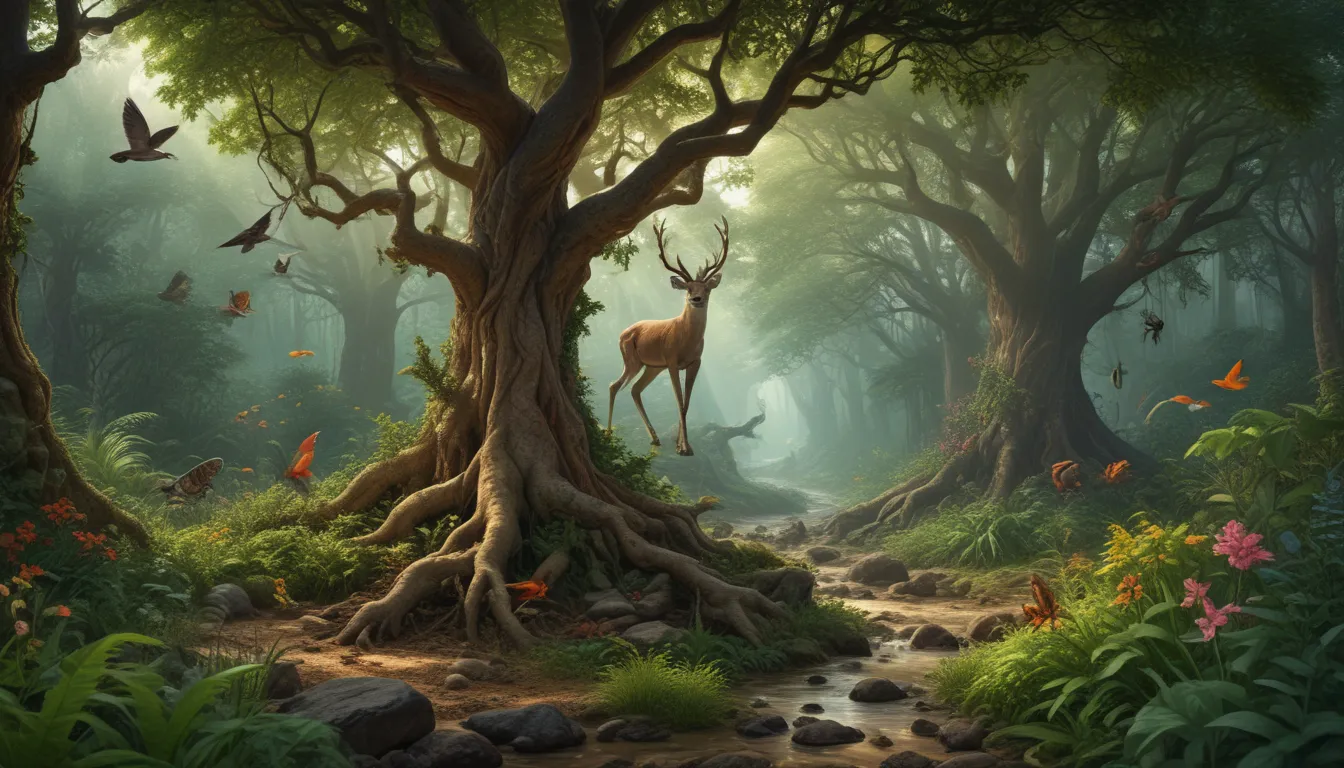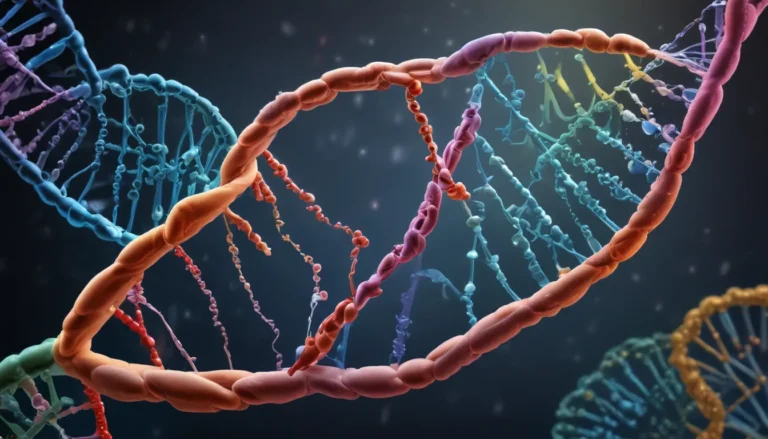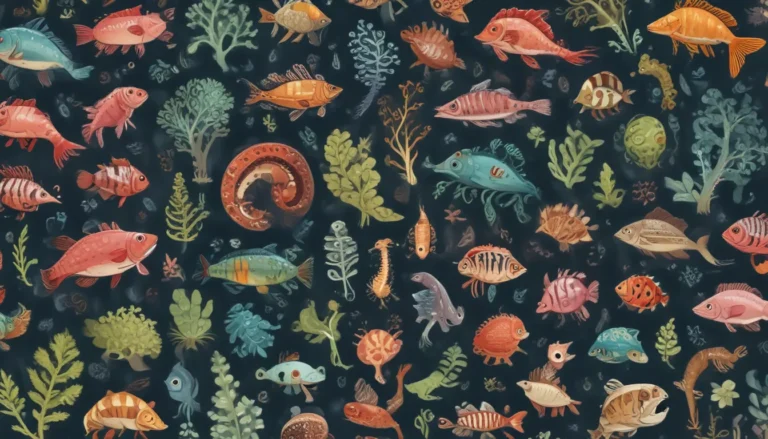A Note About Images: The images used in our articles are for illustration purposes only and may not exactly match the content. They are meant to engage readers, but the text should be relied upon for accurate information.
Parallel evolution is a captivating concept that sheds light on the incredible adaptability of living organisms. It showcases the independent emergence of similar traits in different species, revealing the diverse ways in which life on Earth has adapted and thrived. In this article, we will delve into 14 mind-blowing facts about parallel evolution, exploring the fascinating examples of similar adaptations that have arisen independently in various species.
Understanding Parallel Evolution
Parallel evolution refers to the process where different species independently evolve similar traits or features in response to similar environmental conditions. This phenomenon highlights the power of natural selection and the adaptive nature of life on our planet. It challenges the traditional notion that evolution is solely driven by common ancestry and demonstrates that organisms can develop similar characteristics due to comparable selective pressures.
Convergent Evolution: A Phenomenon of Parallel Evolution
Parallel evolution is often intertwined with convergent evolution, where unrelated species develop analogous traits under similar environmental pressures. This leads to striking similarities between species that are not closely related on the evolutionary tree. The occurrence of convergent evolution exemplifies the remarkable adaptability of organisms to their surroundings.
Diversity in Similarities: An Exploration of Parallel Evolution
Parallel evolution can be observed across various organisms inhabiting different habitats. From streamlined body shapes in dolphins and sharks for efficient swimming to long tongues in hummingbirds and nectar-feeding bats for accessing floral nectar, the examples of parallel evolution are diverse and intriguing. These adaptations showcase how different species have independently evolved similar traits to thrive in their respective environments.
Factors Influencing Parallel Evolution
Parallel evolution is influenced by a combination of genetic and environmental factors. Genetic variation provides the basis for natural selection, while similar environmental challenges drive the selection of specific traits in different species. This synergy between genetic diversity and environmental conditions leads to the independent evolution of parallel features in various lineages.
Rapid Evolution: The Dynamic Nature of Parallel Evolution
Parallel evolution can occur rapidly, especially when strong selective pressures are at play. This rapid pace of evolution enables species to adapt swiftly to new environments or exploit novel resources. As a result, diverse and functionally similar traits can emerge independently in different populations, showcasing the dynamic and unpredictable nature of evolution.
Notable Examples of Parallel Evolution
Some remarkable examples of parallel evolution include the evolution of wings in bats and birds, the development of streamlined body shapes in dolphins and sharks, and the evolution of long tongues in hummingbirds and nectar-feeding bats. These examples highlight how different species have independently evolved similar adaptations to overcome common environmental challenges.
Impact on Conservation Efforts
Understanding parallel evolution is crucial for conservation efforts, as it helps identify vulnerable species facing similar threats and develop effective strategies for their protection. By recognizing how similar traits can arise independently in different species, conservationists can safeguard biodiversity and preserve ecosystems facing environmental challenges.
Parallel Evolution: A Window into Evolutionary Mysteries
Studying parallel evolution provides valuable insights into the underlying mechanisms of evolution and the predictability of adaptive processes. By unraveling the patterns and processes of independently evolved traits in different lineages, scientists gain a deeper understanding of the evolutionary potential of organisms and the vast array of possibilities that exist in nature.
Conclusion: Embracing the Diversity of Life
In conclusion, parallel evolution is a testament to the ingenuity and adaptability of life on Earth. The ability of different species to independently develop similar traits in response to similar environmental pressures is truly awe-inspiring. By studying parallel evolution, scientists not only uncover the complexities of evolutionary processes but also gain valuable knowledge that can be applied in fields such as medicine and conservation. Nature’s ability to surprise and adapt continues to inspire curiosity and wonder, highlighting the remarkable diversity and resilience of life on our planet.
FAQs
- What is parallel evolution?
-
Parallel evolution refers to the independent development of similar traits or characteristics in different species that are not closely related. It occurs when species face similar environmental pressures and independently evolve similar solutions.
-
How is parallel evolution different from convergent evolution?
-
Parallel evolution and convergent evolution are similar concepts, but parallel evolution specifically refers to the independent development of similar traits in related species, while convergent evolution encompasses the development of similar traits in unrelated species.
-
Can you give an example of parallel evolution?
-
One classic example of parallel evolution is the evolution of wings in bats and birds. Despite belonging to different evolutionary lineages, both bats and birds independently evolved wings for flight.
-
How does parallel evolution contribute to biodiversity?
-
Parallel evolution contributes to biodiversity by creating similar traits in different species, allowing them to occupy similar ecological niches and adapt to common environmental challenges, thus enhancing the diversity of species in an ecosystem.
-
Why is parallel evolution important to study?
- Studying parallel evolution helps us understand how species adapt to their environment and how certain traits evolve independently. This knowledge has practical applications in various fields and contributes to our overall understanding of evolutionary processes and biodiversity.
Embrace the marvels of parallel evolution and explore the intricate tapestry of life’s adaptations. As we continue to unravel the mysteries of evolution, let us marvel at the diversity and resilience of the natural world, where parallel evolution serves as a beacon of nature’s ingenuity and adaptability.






